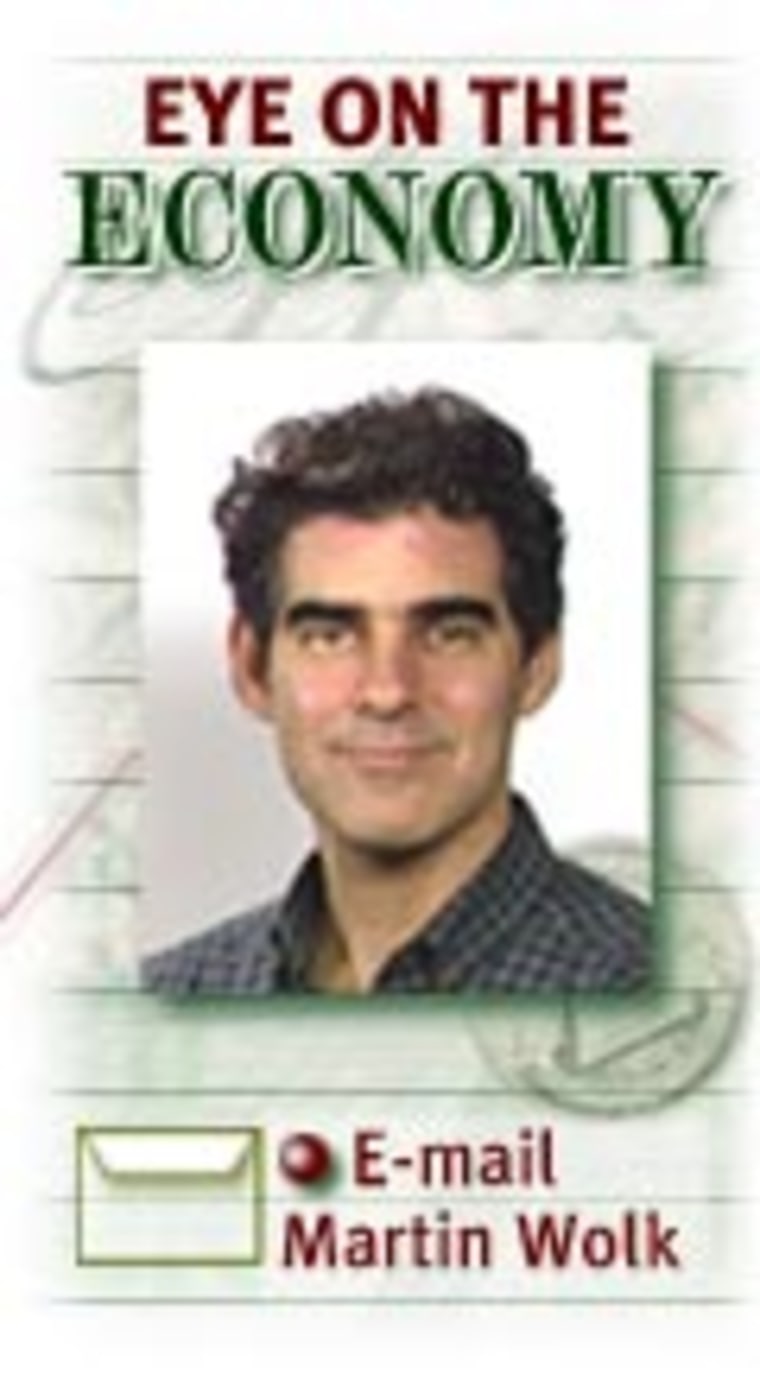Why are Americans so fat? The answer, it is becoming increasingly clear, has a lot to do with the economics of food.

THE STUNNING RISE in obesity among American adults and children over the past 25 years is widely known and well-documented, but the reasons behind it are a topic of hot debate. A new study by economists from Harvard University and the National Bureau of Economic Research argues that the increasingly convenient availability of prepared foods — described in economic terms as the declining “time cost” of food — is largely responsible for the rise in obesity.
“A lot of the history of the United States in the 1850-1950 period was about the mass production of lots of industrial products,” said Harvard professor Edward Glaeser, one of the study’s authors. “What has been remarkable over the past 30 years has been the rise of mass production techniques in the food industry. Preparation increasingly is done in central facilities, vastly reducing the time cost of food.”
NEW PRODUCTS, NEW DEMAND
Based on the latest federal data, 64 percent of adult Americans are overweight and 30 percent qualify as obese, putting them at high risk of developing Type 2 diabetes, hypertension, heart disease and other serious illnesses. As recently as the 1970s only 15 percent of U.S. adults were considered obese.
While a decline in physical activity may explain part of the increase in weight, most researchers agree that an increase in calorie consumption is the main culprit. The Harvard researchers figure that the 12-pound increase in the average weight of adult males over the past 40 years could be explained by an increased consumption of perhaps only 150 calories per day. Department of Agriculture data show that the U.S. per capita food supply has risen by well over 400 calories per day since 1978, well more than enough to explain the increase in weight.
The Harvard research dovetails with other recent findings about the rising consumption of food in this country and the connection to rapid changes in the food industry. In the recently published book journalist Greg Critser argues that federal policies dating to the Nixon administration, including increased farm subsidies and loosened trade regulations, ensured huge increases in farm productivity and steadily declining real food prices beginning in the 1970s.
Food companies, seeking an outlet for the glut of cereals and other raw foodstuffs, developed hundreds of new products in the 1980s and 1990s that increased the demand for food beyond previously presumed levels of satiation. The industry took advantage of the burgeoning science of chemical flavoring and new technologies for processing and preserving foods to create “high fat, high sugar, high taste foods,” Critser said in an interview.
So in just a few years, processed foods grew cheaper, more convenient and, importantly, tastier.
MORE AND MORE FRIES
The Harvard researchers highlight the perfection of technology to mass-produce French fries by mechanically peeling, cutting and cooking them and them deep-freezing. The resulting wide availability of cheap, tasty frozen fries sparked a 30 percent increase in potato consumption in just 20 years. “Today, the French fry is the dominant form of potato and America’s favorite vegetable,” the Harvard authors write.
As went the potato, so went a long list of agricultural raw ingredients, and by 1997 only 23 percent of the cost of food represented the input of farmers, down from 44 percent just 25 years earlier, according to the Harvard paper.
At the same time “snacking was legitimized,” Critser said, as American culture celebrated the practice of “grazing” as a supposedly healthful alternative to heavy meals at mealtime.
The Harvard study, based in part on food diaries kept by participants in federal studies, also points a finger at increased snacking. Its surprising conclusion: Americans are not consuming any more calories at mealtime than they did 20 years ago but have nearly doubled their consumption of snack calories.
In another surprise, the Harvard researchers concluded that the so-called supersizing of American food portions bears little responsibility for the increase in obesity.
“We think to a certain extent the supersizing phenomenon has been overstated,” said Glaeser. While 11 percent of total calories are consumed at fast-food restaurants today, that is only up from 9 percent three decades ago, not nearly enough of a change to account for the 8.4 percent increase in average adult body mass. Instead of larger portions at dinner, the data seem to show that Americans are consuming more small snacks and sodas between meals, Glaeser said.
He stressed that for the “vast majority” of Americans the increased convenience, free time and enjoyment created by the food revolution has been a positive development, far outweighing the cost of carrying a few extra pounds. But for the rapidly rising number of people at the upper end of the obesity scale, including the morbidly obese, the tradeoff has not been worthwhile, he concedes.
FEWER REGULATORY SYSTEMS
The Harvard authors also tackle the puzzling question of why Americans have such a higher tendency toward obesity than citizens of other wealthy nations. They conclude in part that other Western countries probably have less processed food because they have regulatory environments that tend to restrict the amount of technology introduced into the agricultural system.
That might explain why countries like Britain and Australia have far higher rates of obesity than France and Japan, which have intricate regulatory systems designed to ensure the survival of an agricultural system that includes smaller farms. Critser disagrees with that conclusion and contends that lower obesity rates in countries like France stem largely from cultural factors including a longstanding “culture of dietary restraint” that discourages snacking and excessive intake of sweets.
But even in countries with historically low obesity rates, the problem clearly is on the rise, leading to concerns of a global pandemic. In Spain, for example, the obesity rate is nearly 13 percent, up from 7.7 percent in 1987. In Finland the obesity rate has risen to over 11 percent from 8.4 percent in 1990.